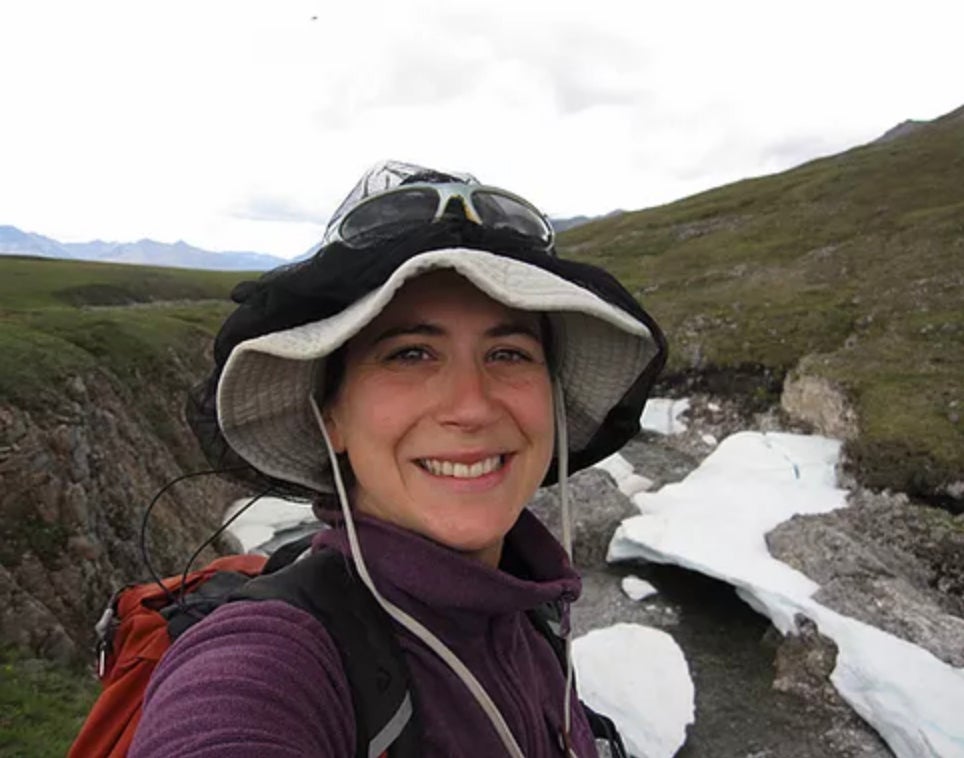
DelSontro studied marine science and geology at Stockton University in New Jersey, where she is originally from, before completing an MSc at the University of California, Santa Barbara. There, her passion for studying methane began, as she characterized natural oil and methane seeps off Coal Oil Point. She even discovered a new seep, which is named after her!
DelSontro then switched from oceanography to limnology – the study of inland bodies of water – in Switzerland for her dissertation work at Eawag (Swiss Federal Institute of Aquatic Science and Technology) and ETH (Swiss Federal Institute of Technology). She worked on various methods, including using sonar to quantify methane ebullition (bubbling) in hydropower reservoirs in Europe and Africa.
After completing her PhD, DelSontro held postdoctoral fellowships in Switzerland and at the University of Quebec, Montreal, followed by a research and teaching position and a Marie Curie Fellowship at the University of Geneva, Switzerland. During these positions, she mentored and taught students and studied greenhouse gas (methane, carbon dioxide, nitrous oxide) dynamics in various water bodies, as well as what drives these dynamics and how to upscale them.
DelSontro has once again crossed the pond to join the University of Waterloo’s Faculty of Science. Her group will integrate field-based system analyses and experimental laboratory work into determining and predicting the impacts of human activity on aquatic greenhouse gas dynamics from regional- to global-scales. They will investigate how human-induced environmental impacts alter greenhouse gas accumulation and emissions, even during winter ice cover, which has not been studied in depth before. In the lab, experiments will simulate how various nutrients, temperature and oxygen conditions alter greenhouse gas emissions from lake sediments. Ultimately, her group will use the results from these field and laboratory studies to identify regions where aquatic greenhouse gas dynamics from freshwaters will be particularly vulnerable to human activities and, in turn, further contribute to climate change.
In her free time, she enjoys outdoor sports and activities, diving and surfing during her time in California, hiking and snowboarding in the Alps in Switzerland, and looks forward to rock climbing and cross country skiing again now that she is back in Canada!